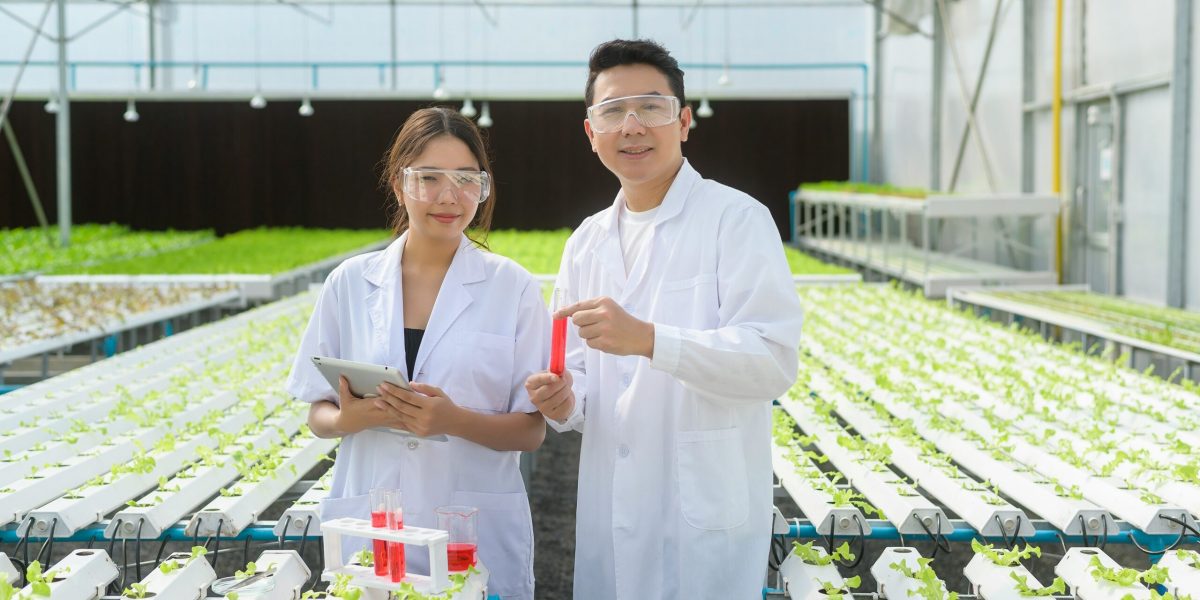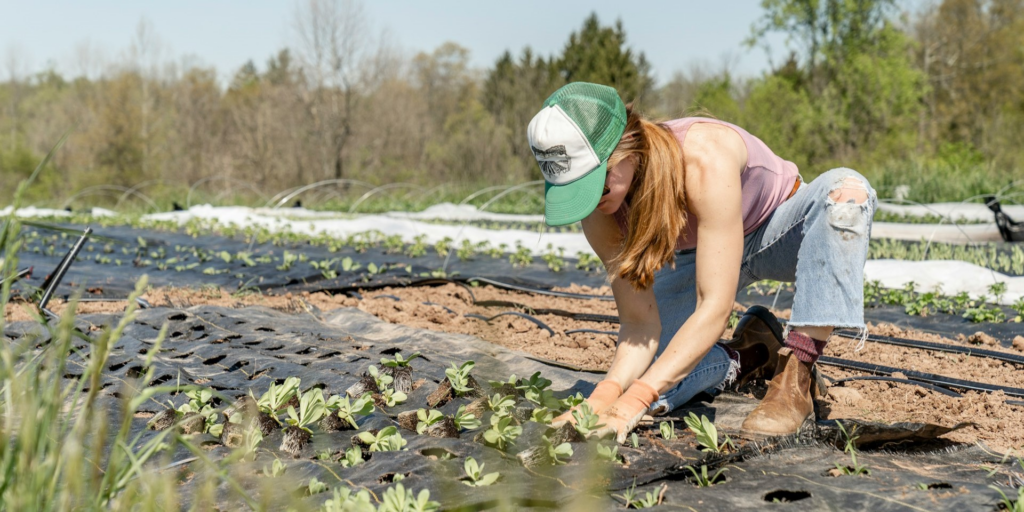Regenerative agriculture is an approach to farming that goes beyond sustainability to actively restore and enhance the health, biodiversity, and resilience of ecosystems. Unlike conventional farming methods that often degrade the environment over time, regenerative agriculture focuses on practices that revitalize soil health, increase biodiversity, and build resilience against climate challenges. This holistic approach to agriculture benefits not only the environment but also farmers and communities, supporting long-term food security and ecosystem stability. But what exactly is regenerative agriculture, and how does it differ from traditional farming methods?
What is Regenerative Agriculture and How Does it Work?
Regenerative agriculture is based on the principle that farming should regenerate natural resources, rather than deplete them. This approach focuses on practices that restore soil fertility, enhance biodiversity, improve water retention, and increase carbon sequestration. By working with natural processes instead of against them, regenerative agriculture creates a self-sustaining farming system that reduces dependency on external inputs like synthetic fertilizers and pesticides.
One of the core practices of regenerative agriculture is cover cropping. Cover crops, such as clover, rye, or legumes, are planted during off-seasons to protect and enrich the soil. These plants prevent soil erosion, add organic matter to the soil, and improve nutrient levels, providing a healthier environment for future crops. Additionally, cover crops can help break pest cycles, reducing the need for chemical pesticides and supporting natural pest control.
Crop rotation is another key practice in regenerative agriculture. By rotating different types of crops each season, farmers prevent the depletion of specific nutrients from the soil, as different crops have different nutrient requirements. This rotation not only maintains soil health but also helps control pests and diseases naturally. For example, rotating between nitrogen-fixing plants (like legumes) and nutrient-demanding plants (like corn) helps maintain a balanced nutrient profile in the soil.
Another essential component of regenerative agriculture is minimal or no-till farming. Traditional tilling disrupts soil structure, leading to erosion and loss of organic matter. In regenerative agriculture, farmers minimize or avoid tilling to protect soil health. No-till farming keeps soil organisms, such as earthworms and beneficial microbes, intact, which helps improve soil structure and nutrient availability. By reducing soil disturbance, no-till farming enhances water retention and prevents carbon from being released into the atmosphere, making it a climate-friendly practice.
How Does Regenerative Agriculture Benefit the Environment?
One of the primary environmental benefits of regenerative agriculture is its ability to sequester carbon. Healthy soil acts as a carbon sink, capturing carbon dioxide from the atmosphere and storing it in organic matter. By promoting practices like cover cropping and no-till farming, regenerative agriculture helps trap carbon in the soil, mitigating greenhouse gas emissions and reducing the impact of climate change. This process of carbon sequestration not only benefits the environment but also improves soil fertility, creating a more productive farming system.
Soil health is another major focus of regenerative agriculture. Traditional farming methods, particularly those involving heavy chemical inputs, can degrade soil over time, depleting its nutrient content and reducing its ability to support plant growth. Regenerative practices, however, enhance soil health by increasing organic matter and improving soil structure. Healthy soil retains more water, reducing the need for irrigation and making crops more resilient to drought. Additionally, soil that is rich in organic matter supports a thriving community of beneficial microbes, which play a crucial role in nutrient cycling and disease suppression.
Biodiversity is another essential aspect of regenerative agriculture. Unlike monoculture systems that focus on a single crop, regenerative agriculture often involves polyculture or agroforestry practices, where multiple plant species are grown together. This biodiversity creates a balanced ecosystem that supports pollinators, beneficial insects, and natural pest predators, reducing the need for synthetic pesticides. By fostering biodiversity, regenerative farms help protect wildlife habitats and promote ecological balance.
Water conservation is also a significant benefit of regenerative agriculture. Practices like cover cropping and no-till farming improve soil structure and organic matter, allowing soil to retain more water. This increased water retention reduces runoff and erosion, ensuring that water remains available for crops even during dry periods. By protecting water resources and reducing the need for irrigation, regenerative agriculture supports both environmental sustainability and farm resilience.
How Can Regenerative Agriculture Support Farmers and Communities?
Regenerative agriculture not only benefits the environment but also provides economic and social advantages for farmers and communities. By reducing dependency on costly inputs like synthetic fertilizers and pesticides, regenerative farming can lower production costs and increase profitability for farmers. Healthier soils lead to higher yields and more resilient crops, ensuring a stable and productive farming system that benefits farmers in the long term.
The focus on healthy, nutrient-rich soil also means that crops grown on regenerative farms often have higher nutritional value. This benefit extends to consumers, who gain access to healthier, more nutrient-dense foods. Additionally, regenerative agriculture minimizes chemical residues on crops, which makes for cleaner, safer produce that is free from harmful pesticide residues.
Communities benefit from regenerative agriculture through improved local food security and environmental protection. By adopting practices that protect soil, water, and air quality, regenerative farms contribute to a healthier local environment. Additionally, regenerative agriculture fosters a deeper connection between people and the land, encouraging sustainable food systems that prioritize the well-being of both farmers and consumers.
Regenerative agriculture also has the potential to support rural economies by creating jobs and encouraging sustainable land stewardship. As more consumers demand sustainably produced food, regenerative agriculture provides farmers with an opportunity to meet this demand, creating new market opportunities and fostering economic growth in rural areas. Educational programs and community initiatives centered around regenerative agriculture can further support local farmers and empower communities to become more resilient.













